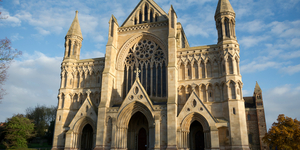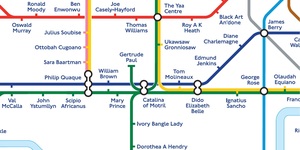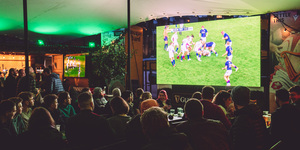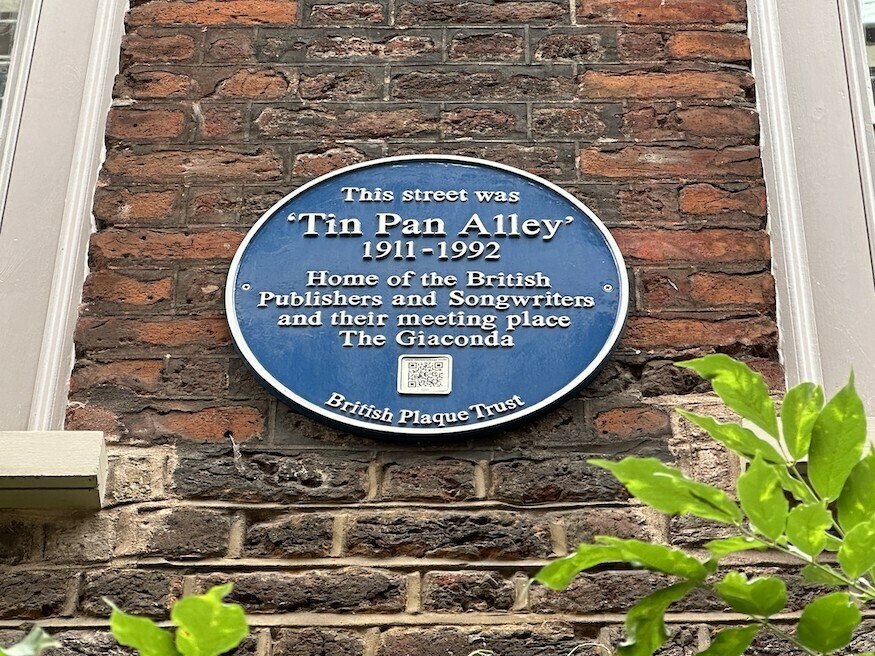
Anyone who cares a hoot about music should get hold of Peter Watts's new book Denmark Street: London's Street of Sound. It documents the growth of London's "Tin Pan Alley" from its origins publishing music hall songs to the swinging 60s and punk. The street later became known for its guitar shops, clubs and live venues. In recent years, it's undergone a radical and controversial redevelopment. We spoke to Peter about these turbulent changes, and why Denmark Street has such a long life as a musical mecca.
OK, the first and obvious question: Why a book about Denmark Street? And why now?
My publisher and I had been talking about it for a while. I wrote a couple of pieces in 2015 — for Uncut and the Guardian — about the changes to Denmark Street and St Giles caused by Crossrail and it seemed as if there was a lot here to explore, both in terms of the music history of the street and the transformations that were about to take place.
Your last London book, Up In Smoke, was a history of Battersea Power Station. That was a very isolated, semi-derelict site at the time, whereas Denmark Street is a bubbling cauldron of human interaction. Did that make for a very different challenge when researching and writing the books?
The biggest difference was that the trajectory of the Battersea Power Station narrative was really obvious — once I had dealt with the history, I would speak to various developers and architects who had worked on all the different schemes until we reached the present day. Denmark Street wasn't so clear as there were so many potential stories I could tell — dozens and dozens of them — because of all that messy overlapping human interaction you describe. So rather than try to interview every single musician or guitar shop owner, I tried to focus on a handful of individuals from each era that would help drive the narrative forward and chart the changes that had taken place over the street and in the music industry in the decades following the war.
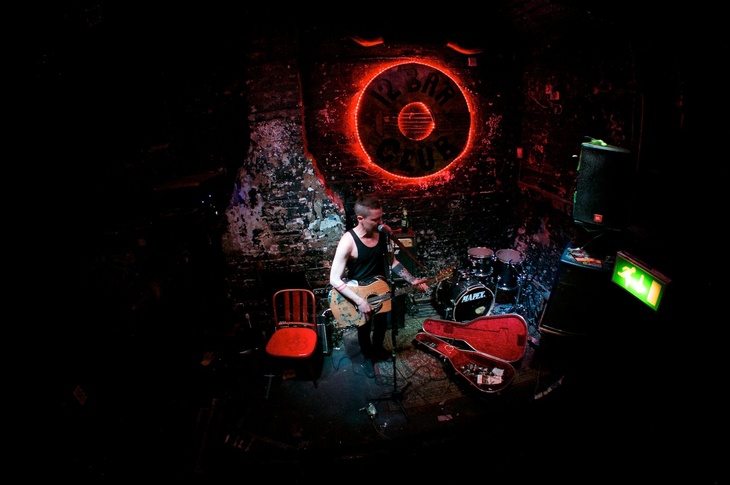
The book (Denmark Street) mostly concerns itself with the 20th century, but does the area have any earlier connections to music?
Peter Ackroyd wrote about the 17th- and 18th-century ballads that were printed in St Giles at Seven Dials, and then circulated round London, with the words posted in shop windows. These were set to the tunes of hymns and were often about sensational murders as well as politics, satire, history and comedy. They offer a clear through-line to the music hall songs that would later be published on Denmark Street.
I'm a few chapters in and already bewildered by just how many important cultural moments happened along the street. Were there any that particularly surprised or intrigued you?
I felt similarly to be honest — I'm not sure there's any street in London that packed so much history into such a small space over so many different buildings. I've written about music for years so I knew the general history but it was fascinating digging into the more specific elements, such as the fact Melody Maker and NME both started on Denmark Street, or that it was so important to both the Beatles and the Stones in their earliest years.
One of the biggest surprises came quite late in my research when I discovered by chance that one of the very first music download platforms was started on Denmark Street in 1994. There was always a sense of the next generation using Denmark Street as a Trojan Horse as they sought to smuggle in new ideas to disrupt the industry — both Andrew Loog Oldham and Malcolm McLaren had done this with the Stones and the Sex Pistols — and that was another example of this trend.
The (borrowed) nickname for the street, Tin Pan Alley… just how commonly was it used? Would everyday people say "I've been hanging around in Tin Pan Alley", or was it the kind of nickname found mostly in the music press?
It was applied to Denmark Street quite late on as far as I can tell. Interviewees who worked for the traditional publishers said they never used the term — they just called it "the street". Tin Pan Alley was generally used by the later 60s generation to disparage that old-fashioned style of music and way of doing business.
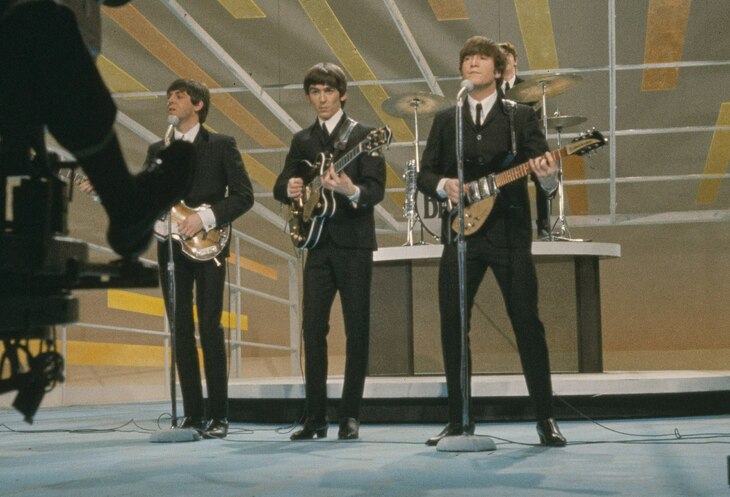
The street's reputation seems to have peaked in the 60s, when just about everyone was hanging around. Is that fair? In what ways did the street change in subsequent years?
Arguably, it was at its most important in the 20s, 30s and 40s, when just about every popular song had a connection to Denmark Street. The street was essential then, as it was home to the publishers and in those days the success of a song was measured by how many copies of sheet music it sold. That changed in the 50s when recorded music took over — something that was reflected by the fact the NME published the first singles chart from its office in Denmark Street. That's probably the single most important thing to have happened on the street.
Lots of big names used the street in the 60s — the Beatles, Kinks, The Who, Bowie, Stones, etc — but its overall importance to the music world was more limited as the record labels and big studios had influence, partly as a result of the publishing deal the Beatles signed on Denmark Street. They would use the street to meet managers and record demos but the power had shifted. The 70s was interesting because you had this period when the Sex Pistols lived on Denmark Street in the back yard of a building used by the hippies that designed album covers for Pink Floyd. It then picked up in the 80s as the guitar shops really took over, before having a resurgence in the 90s and 00s when you had places like the 12 Bar, Helter Skelter bookshop and Acid Jazz records all based there. That made it quite interesting for the punter — and that was when I first started going down there myself.
What I found fascinating was the way the street seemed to adapt to all these changes taking place in the wider musical world. There was no particular reason it should maintain that music connection for so long over so many different guises, but somehow it did because of the draw of that history — and also the fact the music industry is incredibly good at surviving, because it is providing something that we really need and desire.
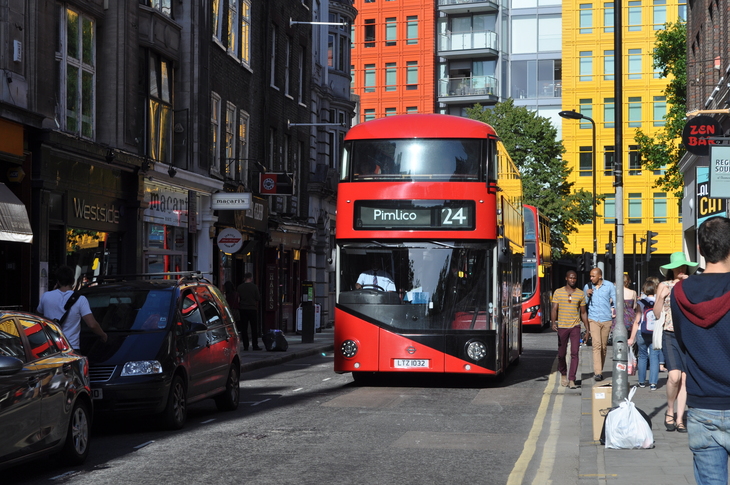
Was there anywhere else in London, or the wider country, that might be described as "a bit like Denmark Street"... or was it a true one-off?
I don't think so. The only equivalent is somewhere like Hatton Garden, which is still focused round a single industry, or maybe somewhere like Portobello Road with loads of antique shops. But they don't really have the glamour of music.
We have to mention the Denmark Place fire of 1980, in which 37 people were killed. Given that it was one of the worst acts of mass murder in UK history, why do you think it's been largely forgotten by wider society?
I spoke to a female police officer who was responsible for identifying the remains and it was pretty awful. That was one of the hardest interviews I had to do. I also spoke to an officer who worked on the investigation. The impression I got is that it's been forgotten partly because most of the victims were South American and it was overshadowed by the Yorkshire Ripper trial but also because it was such a squalid crime, and one that was solved relatively quickly and easily. There was no "whodunnit" drama, no political motive, it was just this drunk idiot who was probably trying to scare people and then ended up committing the most heinous act of mass murder London had ever witnessed.
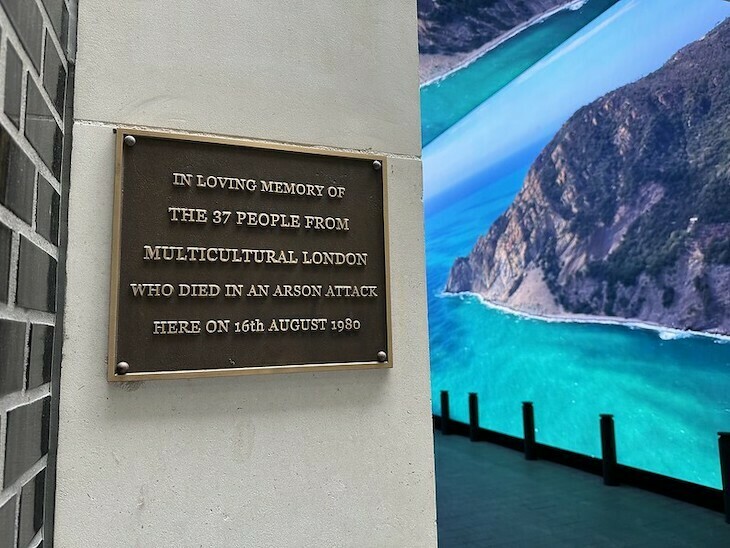
That did allow me to dig into some of the other dark stories from Denmark Street. There was a club owned by one of London's best-known gangsters — somebody told me the only people they ever saw in there were Barbara Windsor and Primal Scream — and there was one of London’s biggest police raids on a cannabis café that operated out of the back of Denmark Place and used to advertise brazenly in student newspapers. Added to that were some very questionable contracts cooked up by publishers and agents, and dodgy deals done in the more nefarious guitar shops. I'd always been interested in that side of St Giles — the Rookery — and it was interesting that this undercurrent never seemed to go away.
The area has undergone huge redevelopments recently, and has come in for strong criticism from some quarters. What aspects of the huge overhaul do you think might have positive potential, especially for the music and entertainment industry, and which aspects are not so good?
The personality of the street has always adapted to the needs of the music industry so there has always been room for change. It's cleaner and tidier now, which is a bit of a shame but a strange thing to complain about I suppose. Many of the guitar shops are still there but it's a pity that so many of the historic pokey offices in the floors above have been turned into bedrooms for a boutique rock-themed hotel. There are too many buses — that's a real negative. I'd hope they can find a way to pedestrianise it eventually.
I am not instinctively opposed to the new development. I really like what they have done around Centre Point — it really feels like part of the cityscape now. The two main buildings — the Now Building and Now Trending — are astonishingly ugly but I'm kind of fascinated by what they have done with these huge walk-in billboards showing adverts and short films. It can be really trippy. The retained façade of St Giles High Street is quite sad and anodyne as these used to be home to some great Korean restaurants. There's also that weird thing with new developments where there are so many security people around it actually makes you feel more unsafe and uncomfortably aware of your surroundings.
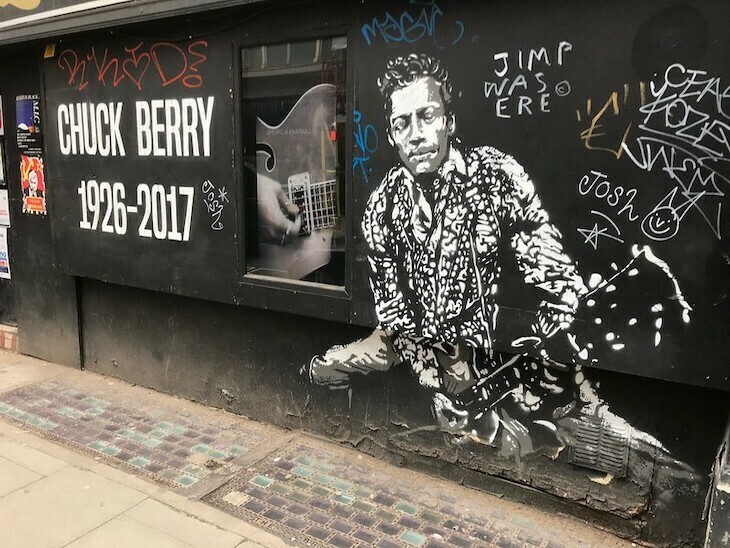
The developers are adamant they want to respect the music history and have created a new venue, Here, which I've not been to but have heard is OK. It's nice that the 12 Bar is back — albeit spruced up and renamed The Lower Third, with a pretty decent programme — and the developers want to open a recording studio for students at the BRIT school.
It's early days — and I really feel we need to check back in a decade to see what it has happened — but right now they certainly seem serious about maintaining that music connection, albeit it in its most commercialised sense.
But one thing I realised about Denmark Street is that it's actually not really a very romantic street. It's always been about making money from music. And music itself is no longer about rebellion or counterculture. So in some ways, the new development is a perfect fit. You aren't going to get David Bowie sleeping in a converted ambulance or the Sex Pistols rehearsing in a rat-filled warehouse anymore, but there are still places for kids to buy instruments, to record and to see live music.
I don't think Denmark Street is quite dead yet and there's the possibility it can survive for as long as there are ways to make money out of that very human need to play and listen to music.
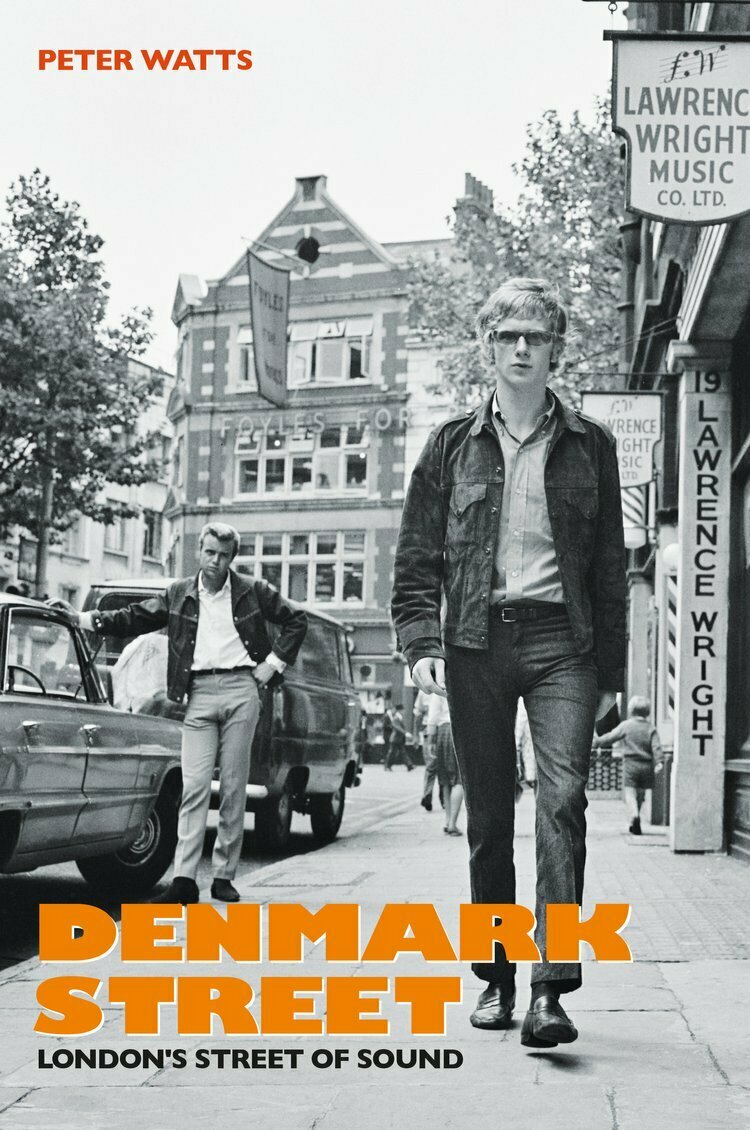
Denmark Street: London's Street of Sound, by Peter Watts is out now from Paradise Road.

